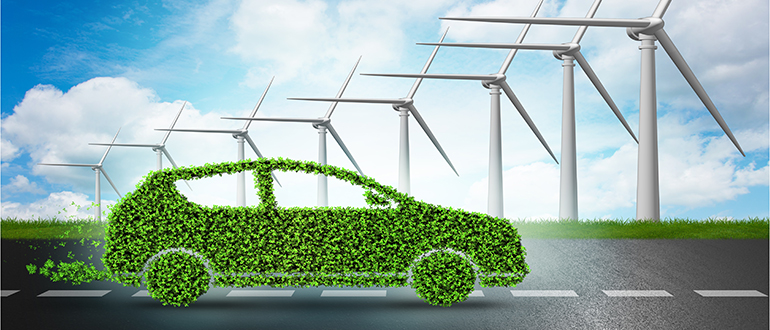
Sustainable Transportation: Navigating Towards a Greener Future
Introduction
In today’s world, as concerns about climate change and environmental sustainability continue to grow, the way we move from one place to another is being reevaluated. Sustainable transportation has emerged as a crucial solution to mitigate the negative impact of conventional transportation on our planet. This article delves into the concept of sustainable transportation, its various forms, benefits, challenges, global initiatives, and how individuals can contribute to a greener future.
The Importance of Sustainable Transportation
Transportation is a fundamental part of our daily lives. Whether commuting to work, traveling, or simply running errands, it is a necessary aspect of modern society. However, conventional transportation methods, such as gasoline-powered vehicles, have significant environmental and economic drawbacks.
What Is Sustainable Transportation?
Sustainable transportation is a transportation system that minimizes its environmental impact while meeting the needs of society. It focuses on reducing pollution, conserving resources, and providing an efficient, accessible, and safe means of travel. Sustainable transportation is not limited to one mode of transit but encompasses a range of eco-friendly options.
Types of Sustainable Transportation
1. Public Transportation
Public transportation includes buses, trams, subways, and trains. It’s a collective means of travel, significantly reducing the number of vehicles on the road and, consequently, carbon emissions.
2. Cycling
Cycling is an eco-friendly and healthy way to get around. It produces zero emissions and promotes physical fitness.
3. Electric Vehicles
Electric vehicles (EVs) are becoming increasingly popular due to their reduced carbon footprint. They run on electricity, producing no tailpipe emissions.
Benefits of Sustainable Transportation
1. Environmental Benefits
Sustainable transportation helps reduce air pollution, lower greenhouse gas emissions, and mitigate climate change. It also conserves natural resources and promotes biodiversity.
2. Economic Benefits
Investing in sustainable transportation can lead to long-term cost savings. Reduced fuel consumption, fewer accidents, and improved public health contribute to economic advantages.
3. Health Benefits
Active transportation, such as cycling and walking, enhances physical health, reduces stress, and improves mental well-being.
Challenges in Implementing Sustainable Transportation
1. Infrastructure
The development of infrastructure for sustainable transportation is expensive and time-consuming. Many cities face challenges in creating bike lanes, pedestrian walkways, and efficient public transportation networks.
2. Behavioral Change
Encouraging individuals to adopt sustainable transportation modes can be challenging. People often resist change and may be attached to their cars.
3. Policy and Regulations
Effective policies and regulations are crucial for promoting sustainable transportation. Inadequate government support and unclear guidelines can hinder progress.
Sustainable Transportation Initiatives Around the World
Numerous cities and countries have taken substantial steps to promote sustainable transportation. Examples include Copenhagen’s cycling culture, Amsterdam’s extensive tram system, and the introduction of electric buses in Chinese cities.
How Can Individuals Contribute?
As individuals, we can make a difference by using public transportation, cycling, carpooling, and driving electric vehicles. Additionally, supporting sustainable transportation initiatives and advocating for better infrastructure and policies are effective ways to contribute.
Sustainable Transportation and Future Generations
Sustainable transportation is an investment in the future. It reduces the carbon footprint for generations to come, making the planet more livable and reducing the threat of climate change.
The Role of Technology
Technological advancements have played a significant role in improving sustainable transportation. Innovations in EVs, public transportation systems, and ride-sharing apps have made eco-friendly travel more accessible.
Conclusion
In a world facing environmental challenges, sustainable transportation offers a promising solution. By reducing pollution, conserving resources, and promoting health and economic benefits, it not only makes our present better but secures a brighter future. Embracing sustainable transportation is a collective responsibility, and together, we can steer towards a greener tomorrow.
https://myvipon.com/post/816716/Navigating-Guide-Car-Buying-Selling-amazon-coupons

